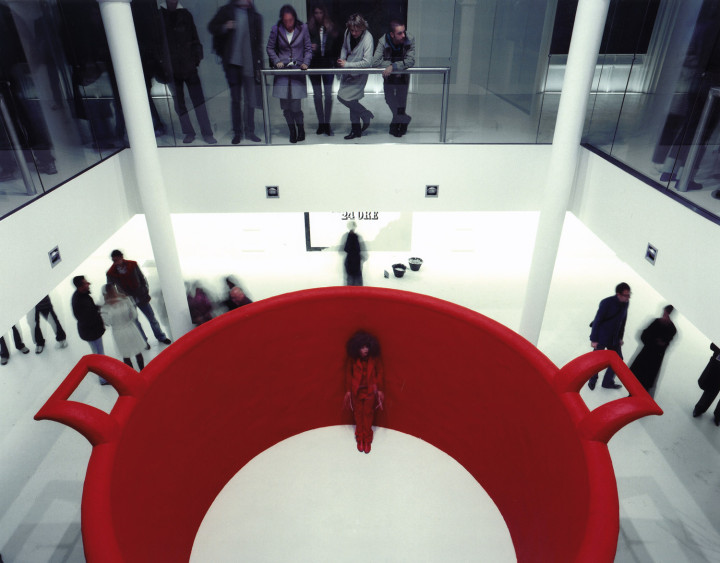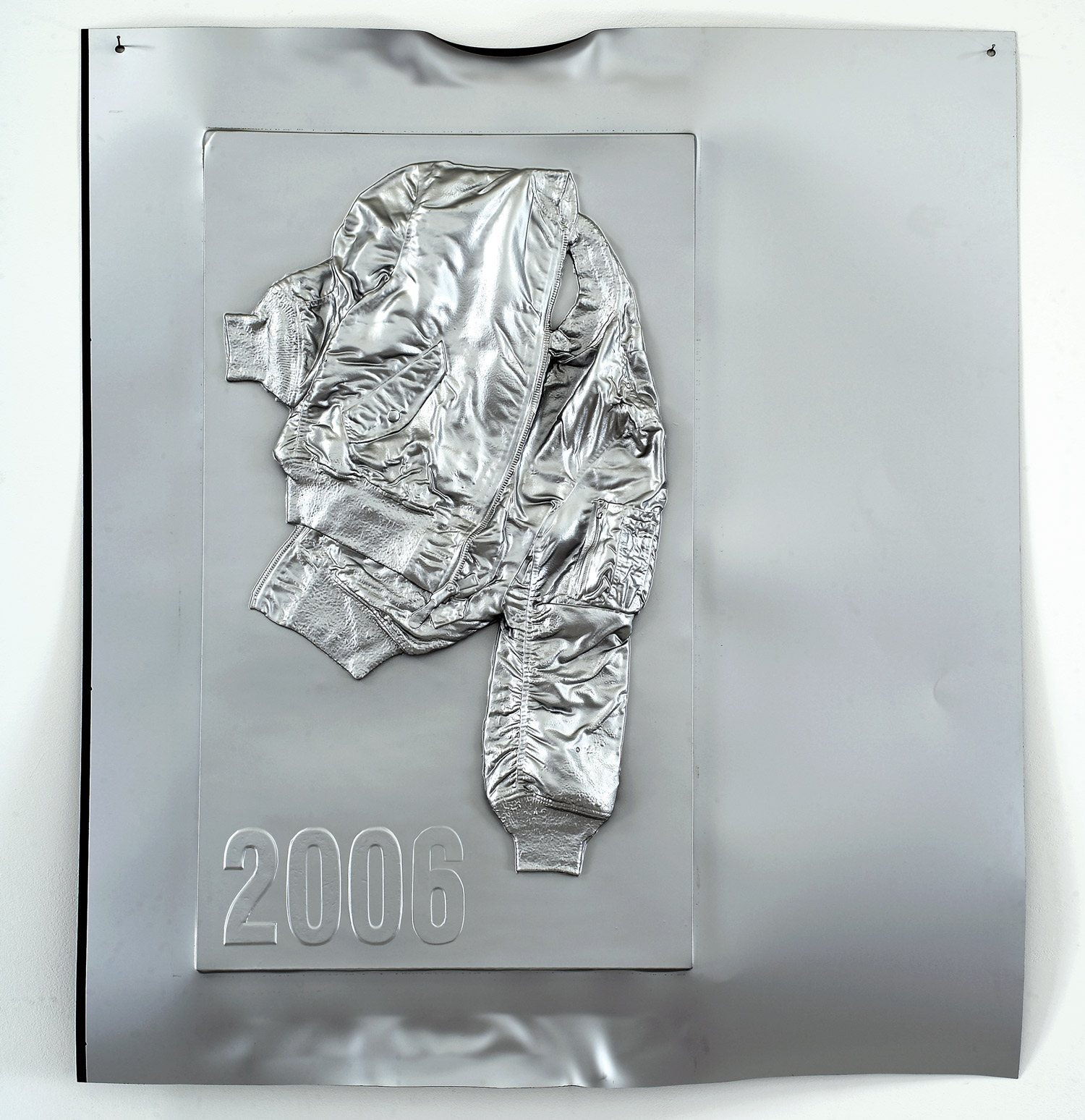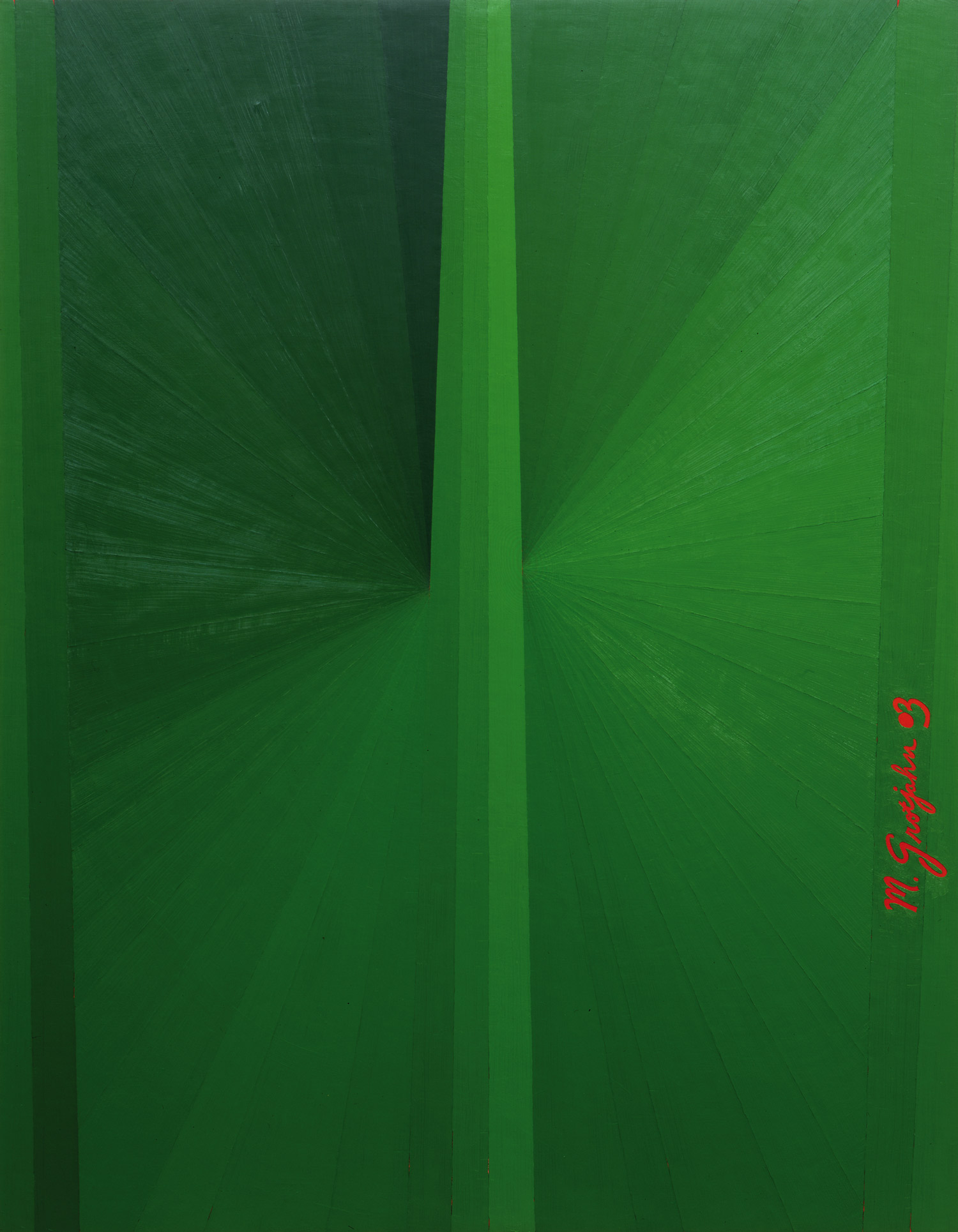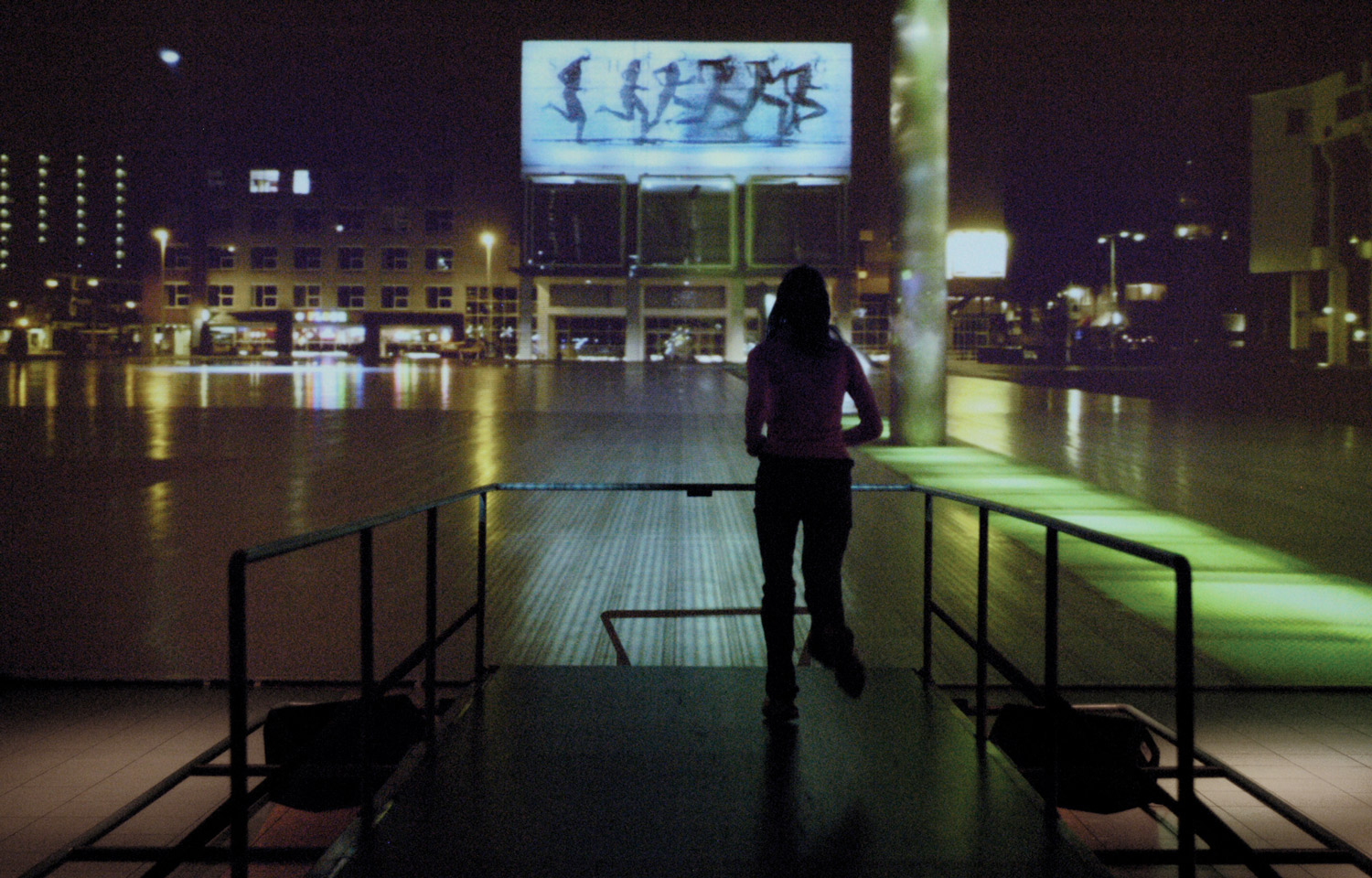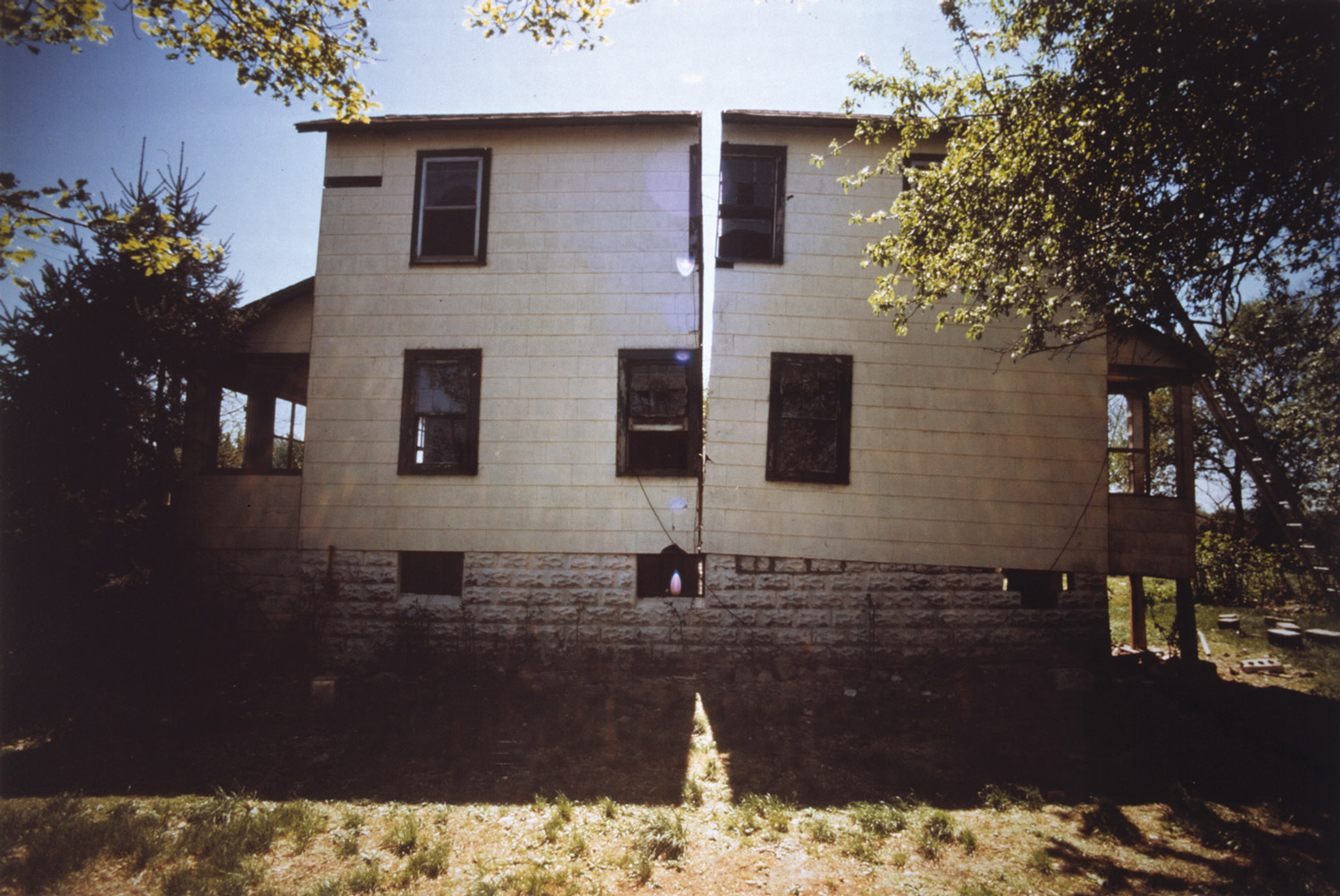
German physician and writer Heinrich Hoffmann began writing his famous children’s book, Der Struwwelpeter (translated literally as “Slovenly Peter”), in 1844. Hoffmann’s cautionary tales featured a young boy whose wild appearance matched his unruly behavior. Struwwelpeter’s extravagant iconography plays a pivotal role in Pietro Roccasalva’s most recent installation.
The space is dominated by a painstakingly crafted stage set — a giant red bucket, melancholic childish music and a mysterious princess-like performer — that conspires to create a sort of hypnotic and uncanny world. With his typical use of associative and philosophical references, Roccasalva defines the core of the installation as focusing on two deeply intertwined works: L’animale povero di mondo and L’uomo formatore di mondo.
The first is a complex piece which dominates the space around it. It is only upon climbing the second floor and leaning over the balcony that the spectator may grasp the work in its entirety: a modern version of Struwwelpeter is trapped inside a bucket without a bottom. According to Roccasalva himself, the wild boy dressed in red epitomizes the maximum level of entropy and, at the same time, symbolizes the sun’s self-consumption and its energy dispersed by the loss of foundation. On the other side of the room, L’uomo formatore di mondo represents the counterpart of this process, if not its matrix. It consists of a 24-hour performance where a woman — Struwwelpeter’s mother — metaphorically creates and destroys her creation in a sort of cosmogenic sacrificial rite. Aborting the process of the fresco, the mother, dressed as a modern representation of the Madonna, covers the logo of an Italian financial newspaper with plaster. The newspaper’s name, Il Sole 24 Ore, acts both as symbol of the sun and as a further conceptual version of Struwwelpeter’s iconography.
With this double installation Roccasalva intended to condense the effects of chaos and balance in a single room, as well as convey different experiences of the passage of time, for instance, the child’s sense of time as an eternal presence opposed to the mother’s consciousness of time as beginning and end. What most distinguishes Roccasalva’s work is its ambiguous fable-like quality, and its ability to handle abstract metaphysical speculations with the uncanny imagery of storytelling. Every motif in this show could be part of a grotesque fairy tale.
With respect to his general practice, this project can be seen as an ongoing ‘site of construction.’ Roccasalva’s mise en scènes are always triggered by and synthesized with painting, wherein different media define themselves both as independent works and as a set-composition for further investigations. This sense that a work is not just ‘here and now’ but also the record of an earlier phase and the foundation of a new one leads the artist to an enquiry into the past and the future, suggesting that his work is like an endless hall of mirrors.

